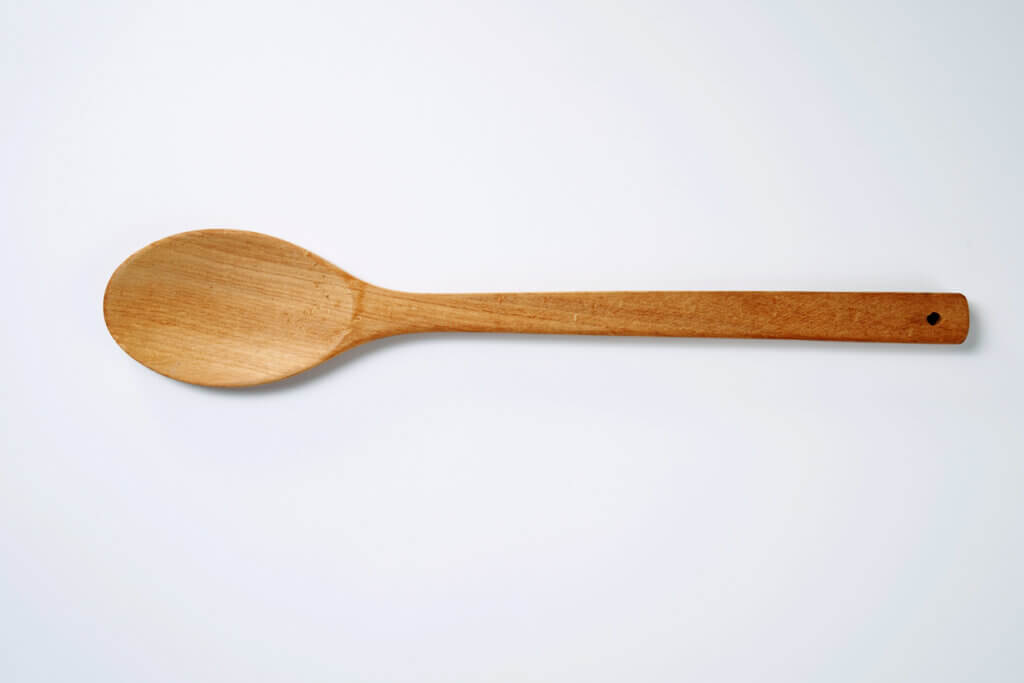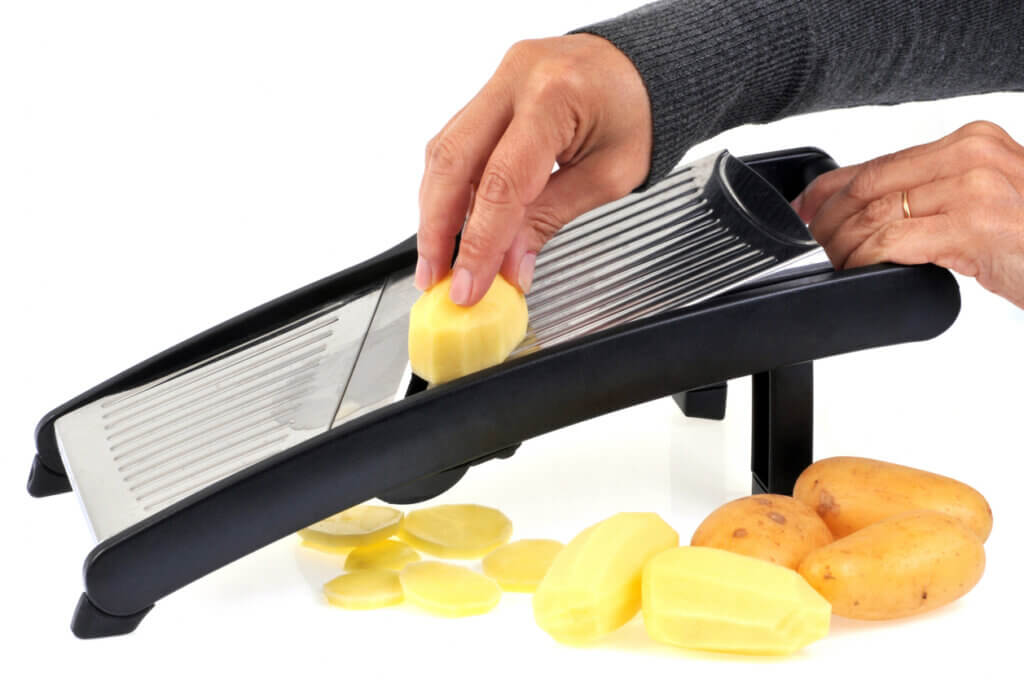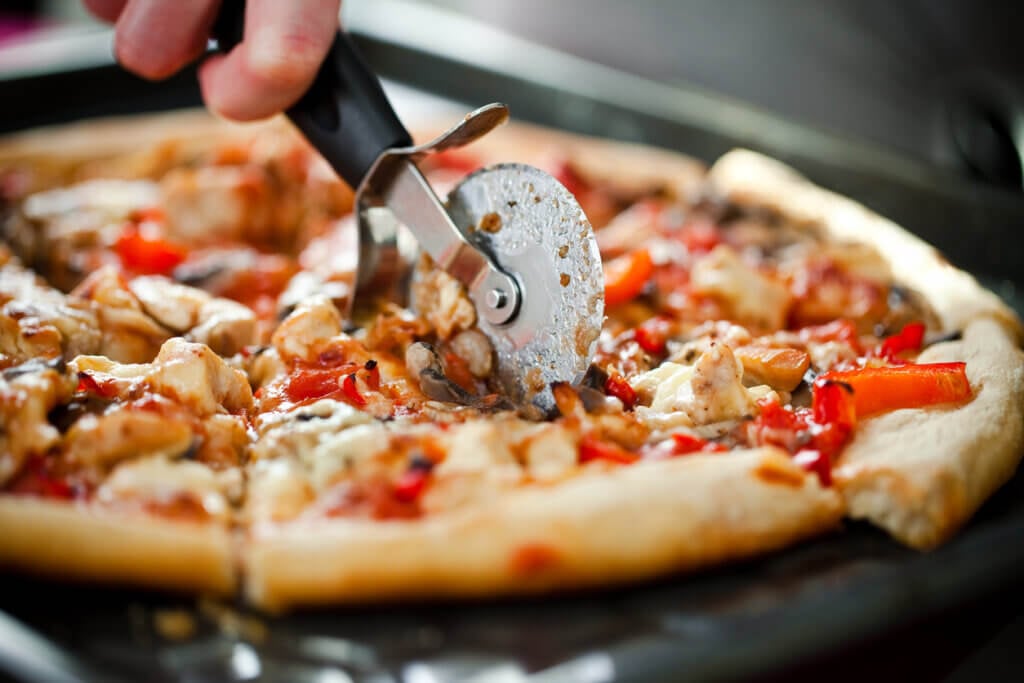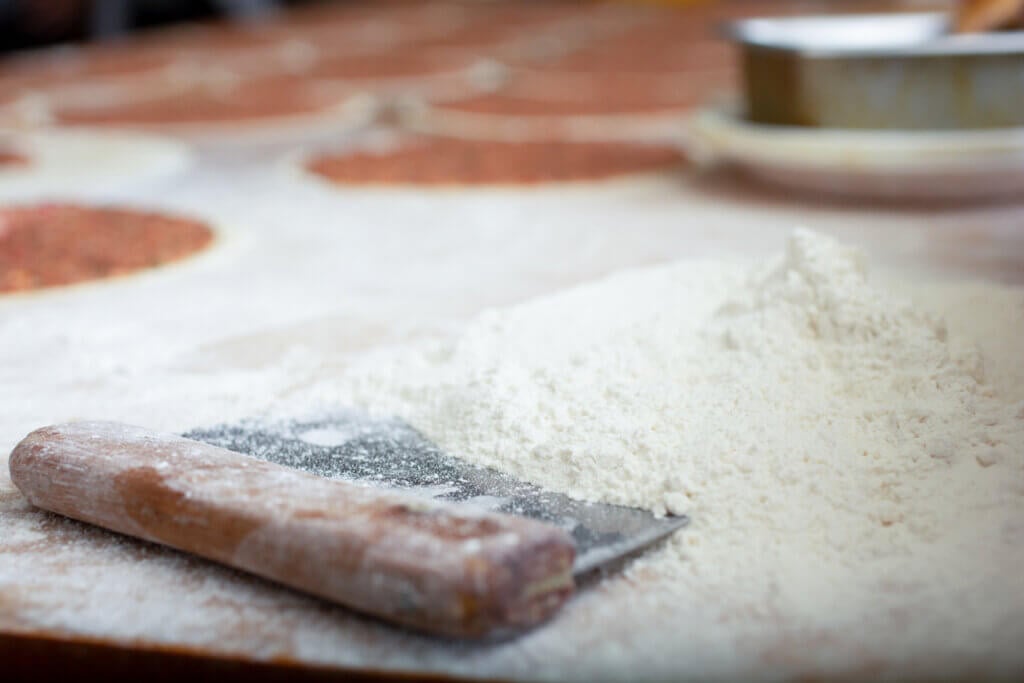HOW TO HANDLE YOUR KITCHEN UTENSILS AND SOME USES OF THE KITCHEN TOOLS
1. NON-STICK COOKWARE
Non-stick cookware and bakeware will serve you well if you take the time and effort to use and care for it properly. Whether it’s a high quality investment or a bargain pan, you can greatly extend its lifespan.
Here are some general rules for top performance from your non-stick cookware
- One of the most important rules of non-stick cookware is to never use metal utensils on your surfaces as they can damage the coating. Ensure you use only wooden or plastic utensils that won’t scratch the surface.
- Unlike stainless steel cookware, using cooking sprays can result in residue build up on the cookware, which causes food to cook unevenly because of its non-stick nature.
- A paste of baking soda and water can be used to scrub cookware. It is important to use a non-abrasive sponge or brush.
2. STAINLESS STEEL COOKWARE
One of the advantages of stainless steel cookware is versatility and though it may not be as easy to clean as other types of cookware, it’s a good option to try out.
Here are some tips to ensure you and your stainless steel utensils have a smooth relationship.
- To avoid sticking, spray pans with non-stick cooking spray. Alternatively, you can add a small amount of oil, margarine, or butter to a cold pan/pot.
- Overheating can cause brown/blue discoloration on the outsides and insides of pots and pans. Always use a burner smaller in diameter than the pan/pot.
- Leave pans to cool completely before washing in order to avoid warping. Wash by soaking in hot and soapy water.
3. WOODEN COOKWARE
Wood utensils are some of the oldest in history and are still some of the most common in kitchens today, due to its functionality. It is a great material to cook with for a lot of reasons, and with the right care can last for very long.
Here is a list of the best practices for handling your wood utensils after use –
- Do not put wooden utensils into the dishwasher as the intense steam and extended time soaked in hot water will cause the wood to crack. You do not want that to happen.
- Ensure you wash utensils in hot/warm soapy water immediately after use to avoid sticking; as it would be a bit more difficult later on. Pat dry with a cloth and let air dry.
- Rub wooden cookware with a slice of lemon, if any strong flavors have seeped into it, to prolong the life.
4. Cooking spoons

The cooking spoon is one of the most used tools in the kitchen for good reasons. It can handle almost any task that is thrown at it. Use it to move foods while sautéing, stir a pot of soup, move things from pan to pan, or even to sneak a quick taste. Spoons can be made of wood, plastic, or metal.
5. Spatula
Just like the cooking spoon, the spatula is a true multitasker. The main application of the spatula is flipping foods in a pan like eggs, meat, or fish. They come in all different sizes and can include thin metal ones for flipping delicate fish to thick silicon-coated ones to scrape every last bit of batter out of a bowl.
6. Measuring spoons
Measuring spoons are important to a home cook who likes to follow recipes. Whether baking, which requires precise measurements, or just measuring out seasonings for a dish, they come in handy all of the time. They come in both spoons that measure fractions of teaspoons and tablespoons to larger cup sizes.
7. Soup ladle
If you like to cook a lot of soup, always have a soup ladle on hand. It takes forever to fill a bowl with soup with a normal cooking spoon. A soup ladle can fill up your bowl in seconds.
8. Pasta ladle
A pasta ladle is identical to a soup ladle in all regards except for it being slotted. The slots allow you to stir the pasta while it is boiling and then remove it without dumping the water. You can even use it to test if the pasta is al dente.
9. Whisk
When you need to quickly beat eggs or mix together dry ingredients, the hand whisk is the perfect tool. It is quicker than setting up your hand mixer for these simple tasks.
10. Kitchen tongs

Kitchen tongs are perfect for grilling meats, allowing you to safely flip your steaks without getting burned. They come in many different lengths with various ends. They can have metal ends or silicon-coated ones that won’t scratch your pans.
11. Box grater
A box grater is a vertical grater that has 4 different sides, each with its own use. Usually, 1 side is a slicer, another a zester, and the others are different-sized shredders. They are great for shredding cheese or zesting citrus fruits.
12. Peeler
The peeler is faster and safer than using a knife to peel fruits and vegetables. It has a built-in safety guard to prevent you from cutting yourself if you slip.
13. Offset spatula
The benefit of an offset spatula over a normal one is how the blade is offset. It gives you more control when icing a cake or flipping delicate foods. Everyone should have one, not just bakers.
14. Rolling pin
Primarily used by bakers, the rolling pin is used to roll any dough out to a perfect, even thickness. You can even use a rolling pin to crush things like nuts, granola, or cookies to use as toppings.
15. Mandolin

Some people are afraid of using a mandolin with its super sharp blade, but as long as you use the safety guard, your fingers are safe. The mandolin has different blades that perform different tasks, like cutting thick or thin planks of zucchini or perfectly julienning carrots. They even have an attached container for your food to fall into.
16. Kitchen scissors
Kitchen scissors are much stronger than normal scissors and are a useful tool for any home cook. While you can use them for delicate tasks like snipping herbs, they shine when you do things your knife can’t, like cut through the ribcage of a chicken or turkey when spatchcocking it.
17. Mortar and pestle
These are one of the oldest kitchen tools, as some have been found dating back to 35,000 B.C. They are used to crush and mix whole spices to give your food an extra kick of flavor. Larger mortars are used to make traditional guacamole or Thai curries.
18. Potato masher
Usually, your potato masher only comes out a couple of times a year. It smashes the potato cubes into a smooth consistency. If you have a baby, it is perfect for mashing fruits and vegetables into baby food.
19. Pizza cutter

There are many tools you can use to cut a pizza once it comes out of the oven, but the pizza cutter is the fastest and easiest by far. The only variation between pizza cutters is the style of grip.
20. Can opener
This kitchen unitasker is good for 1 thing: opening cans of food. You can buy them in manual or electric versions.
21. Ice cream scooper
The ice cream scooper is just a spoon that is built extra strong to be able to scoop frozen foods like ice cream without bending and breaking. They come in the traditional spoon style or with a lever that dispenses your scoop of ice cream out of the scooper.
22. Sushi rolling mat
One of the few specific Asian cooking utensils, the sushi rolling mat lets you roll your maki with ease. It supports the nori sheet, sushi rice, and ingredients, letting you roll it up evenly without it breaking.
23. Bench scraper

Some home cooks might not even know what a bench scraper is. It is basically a 4-6in square piece of metal with a grip on one end and a taper on the other. Use it to move around dough while baking bread or to transfer chopped ingredients from your cutting board to the pan.





Comments
Post a Comment